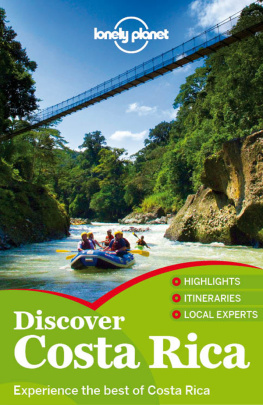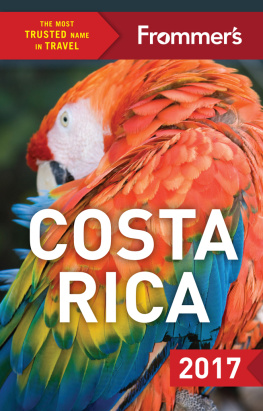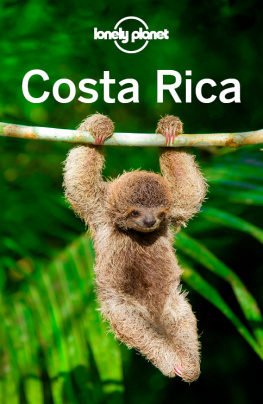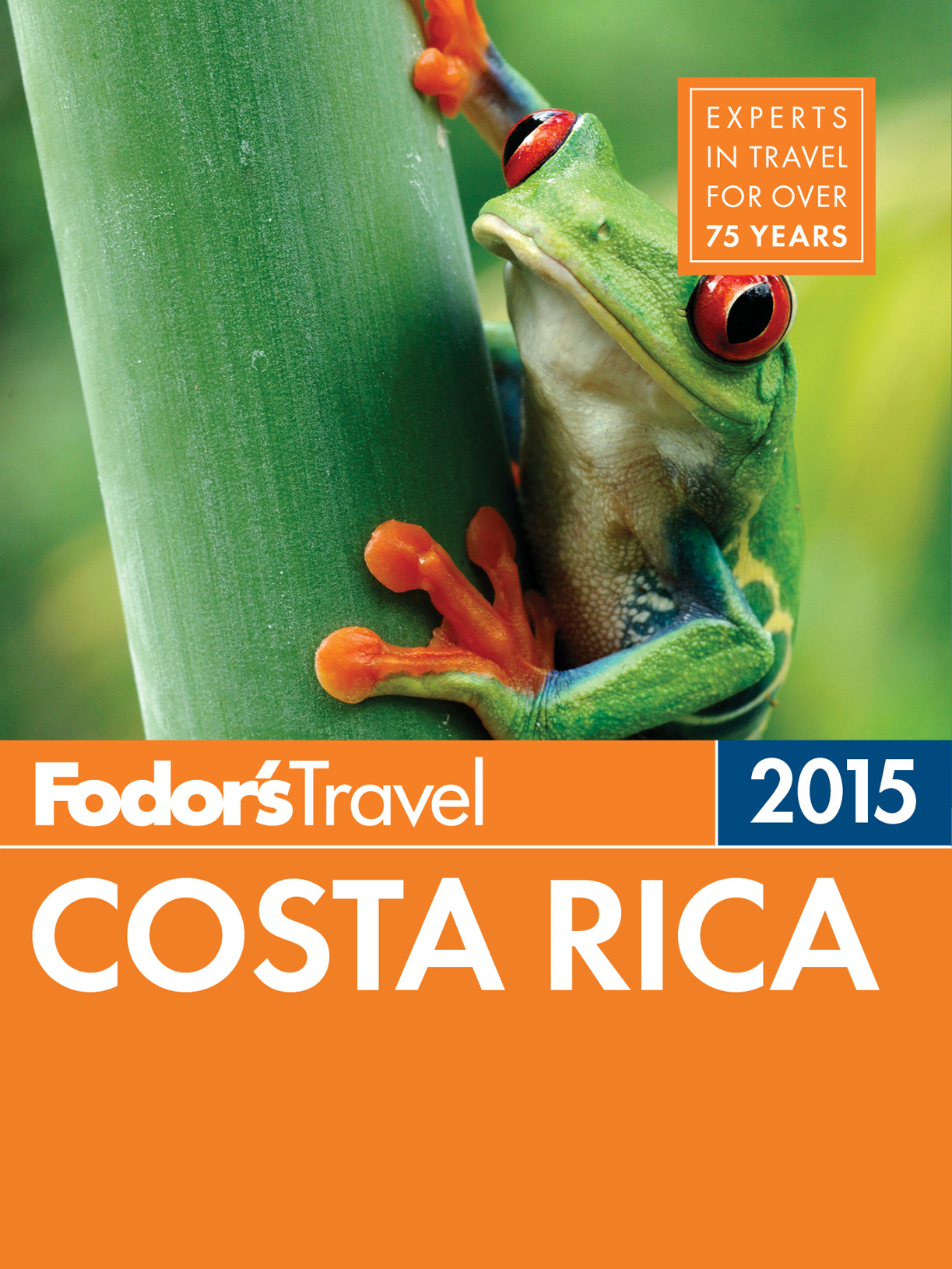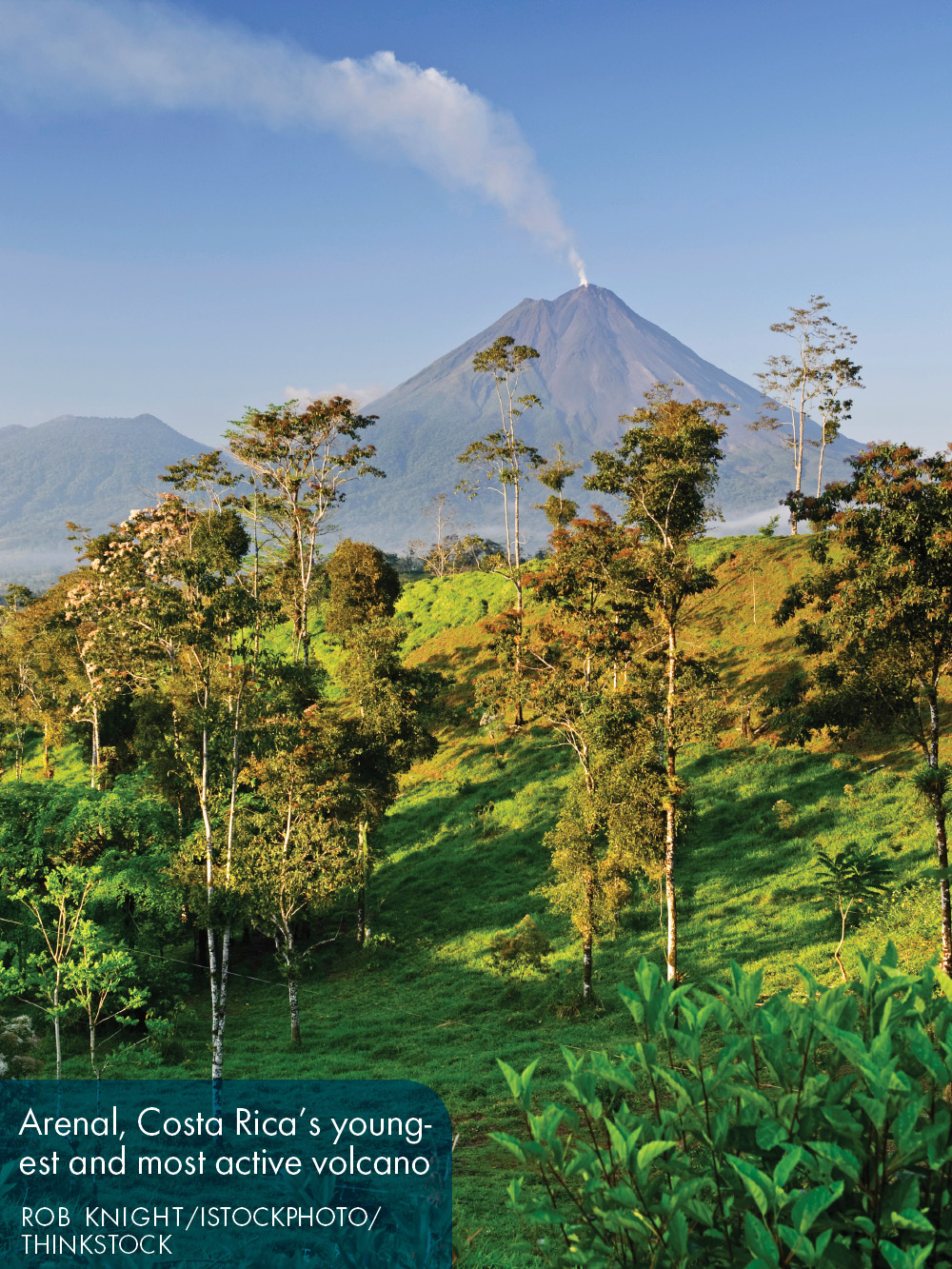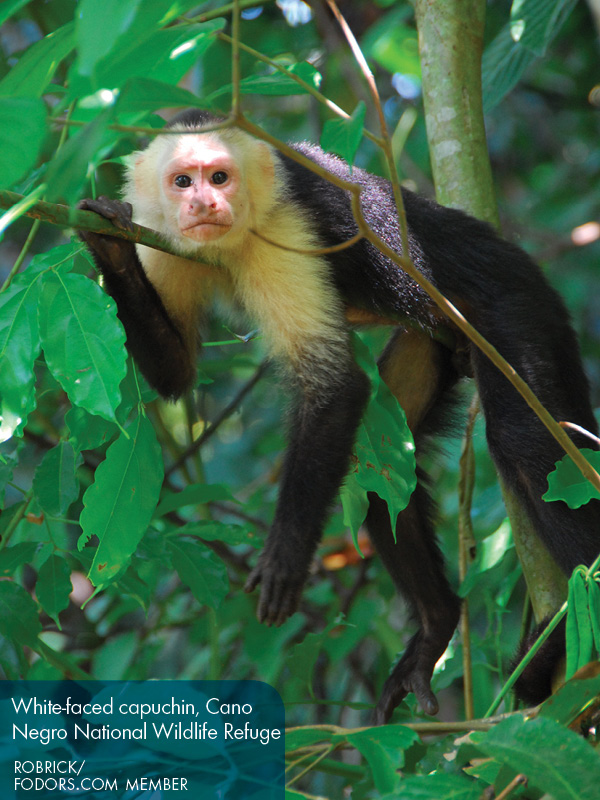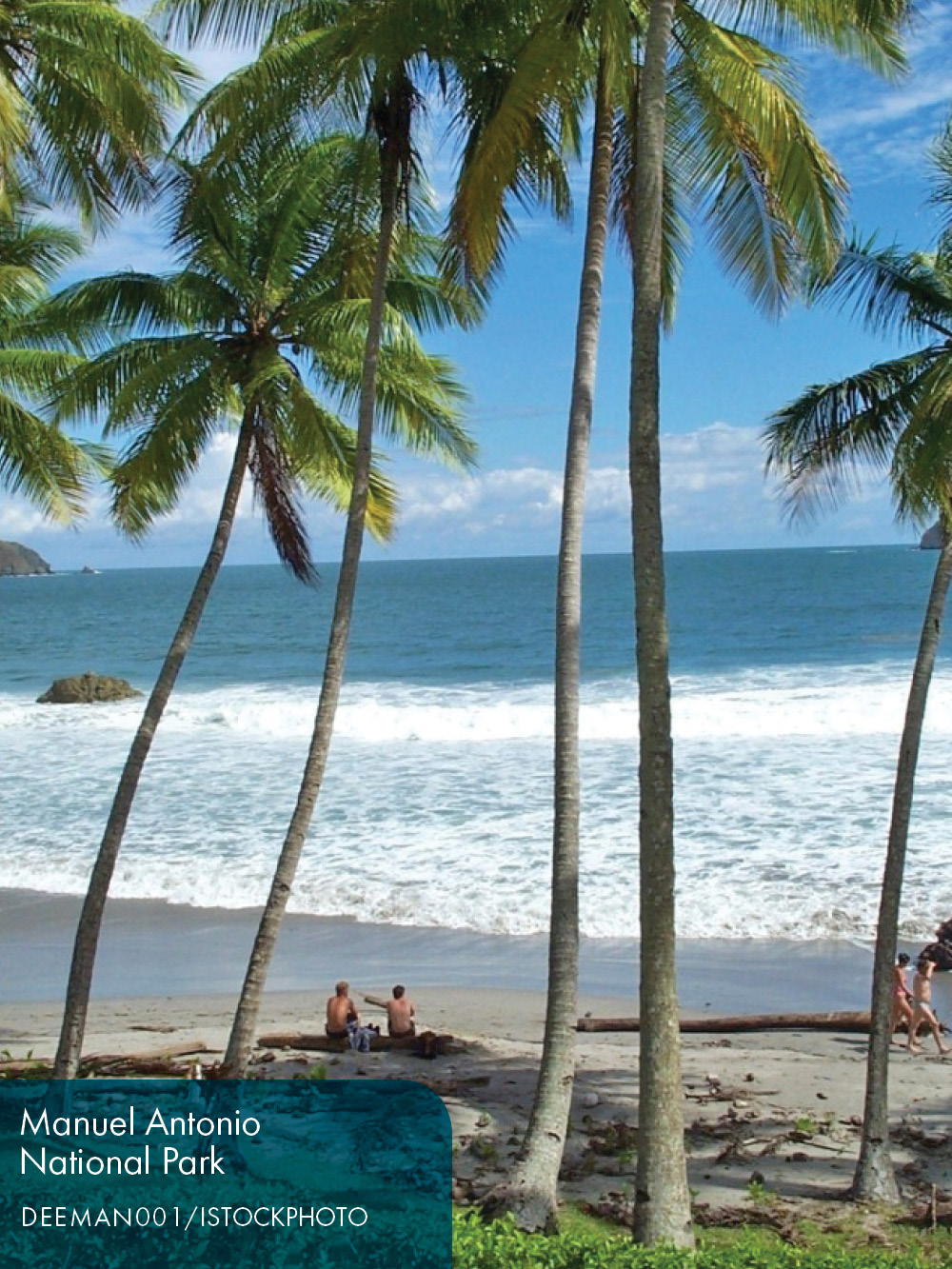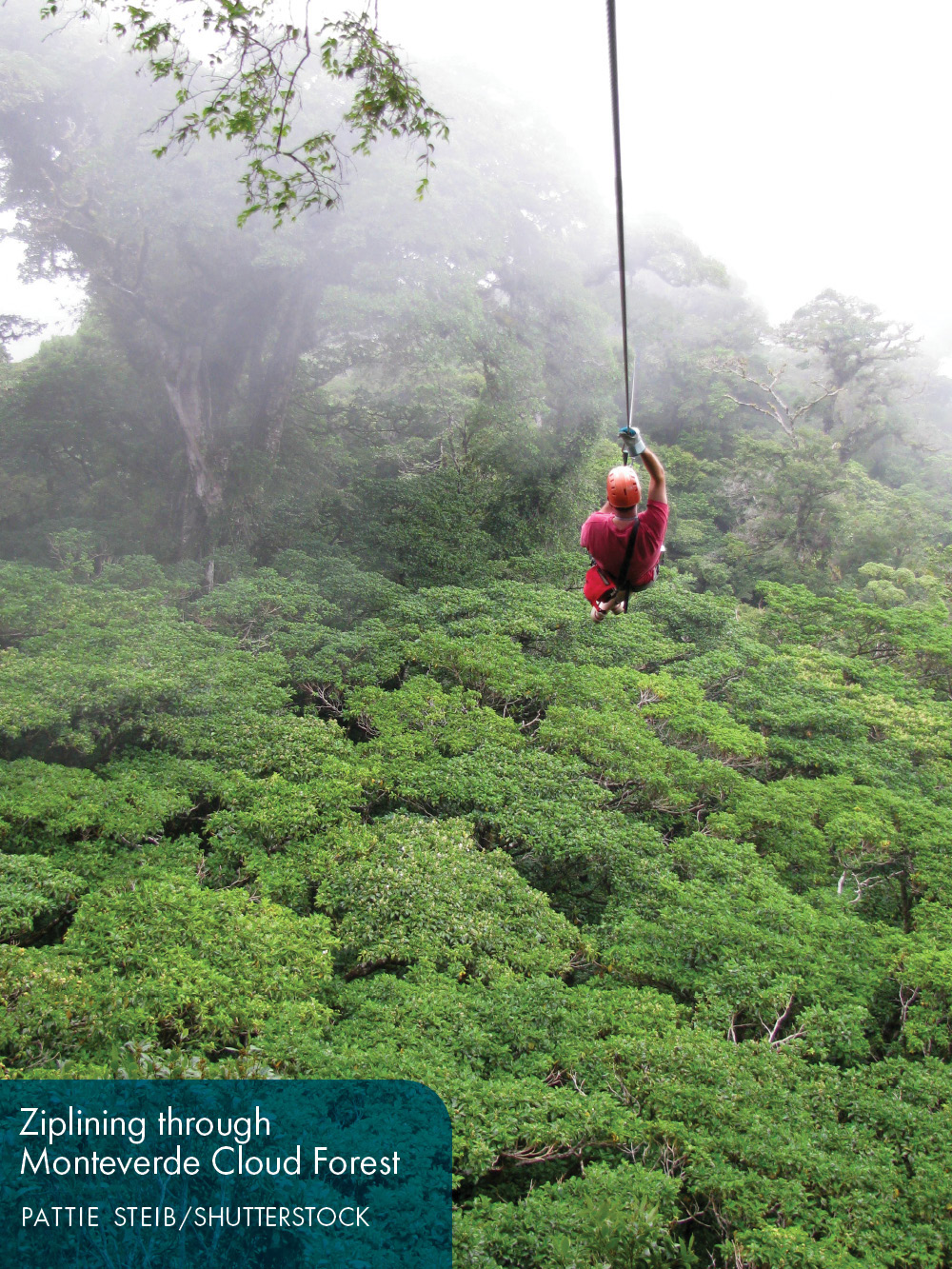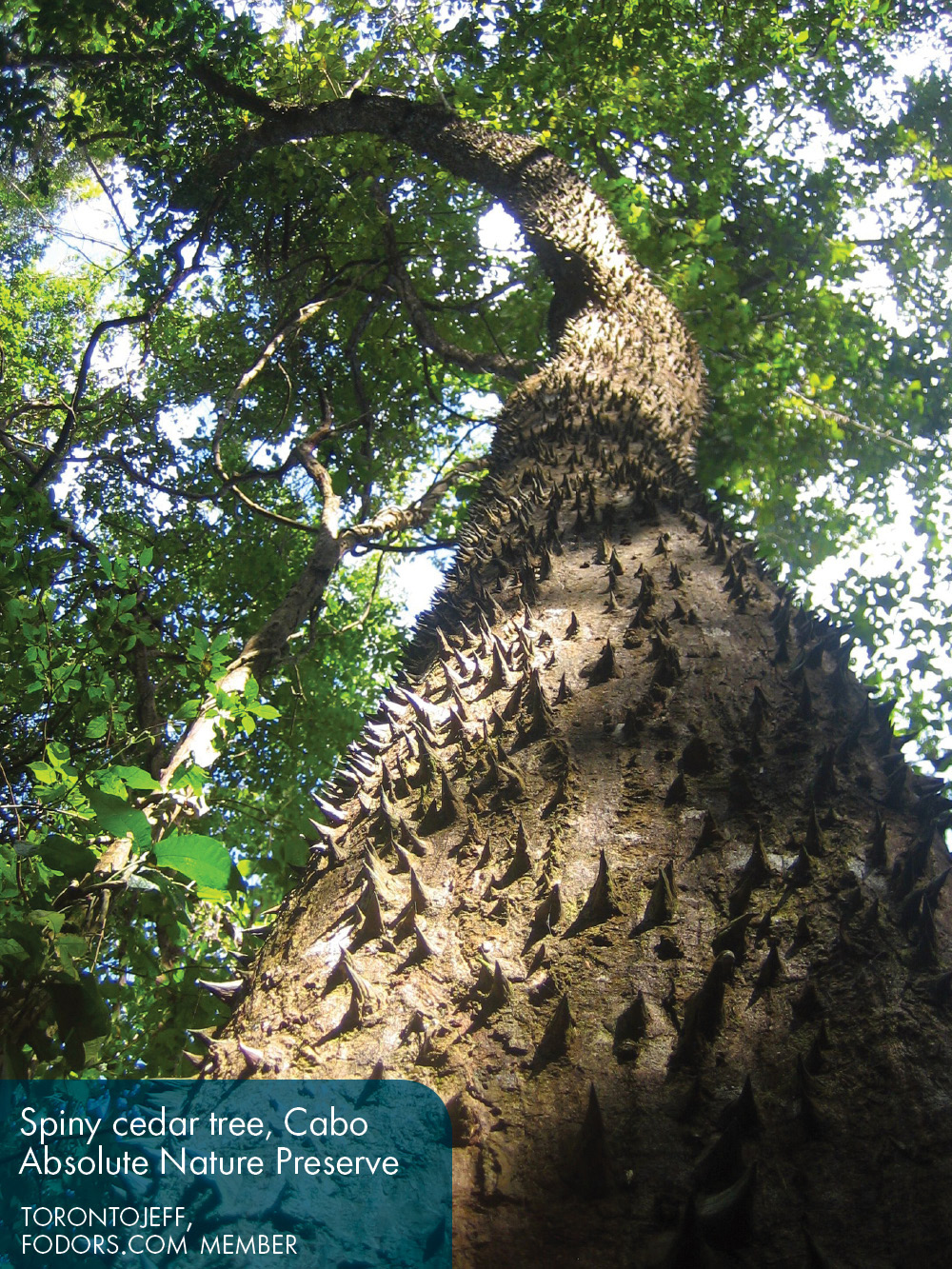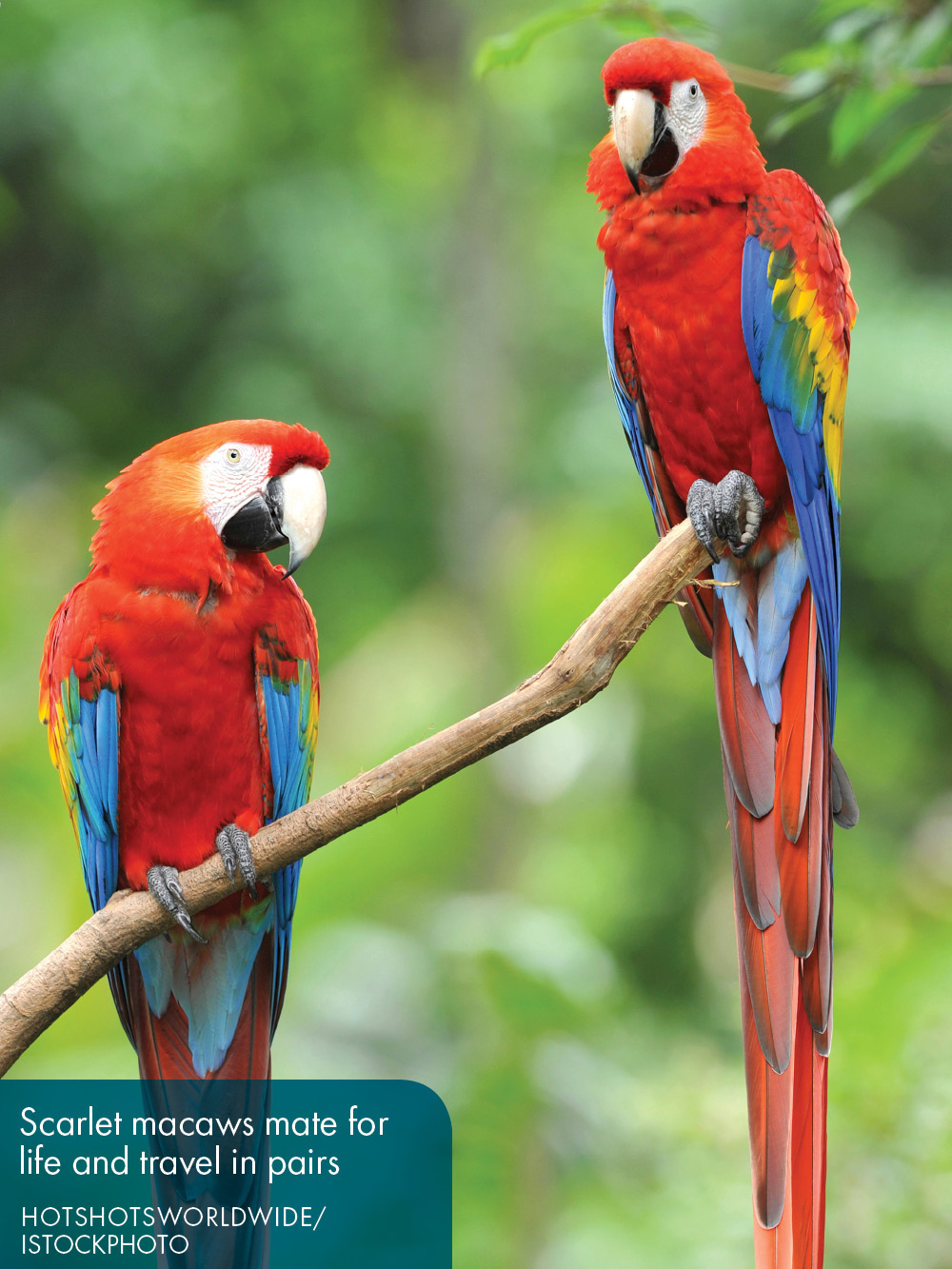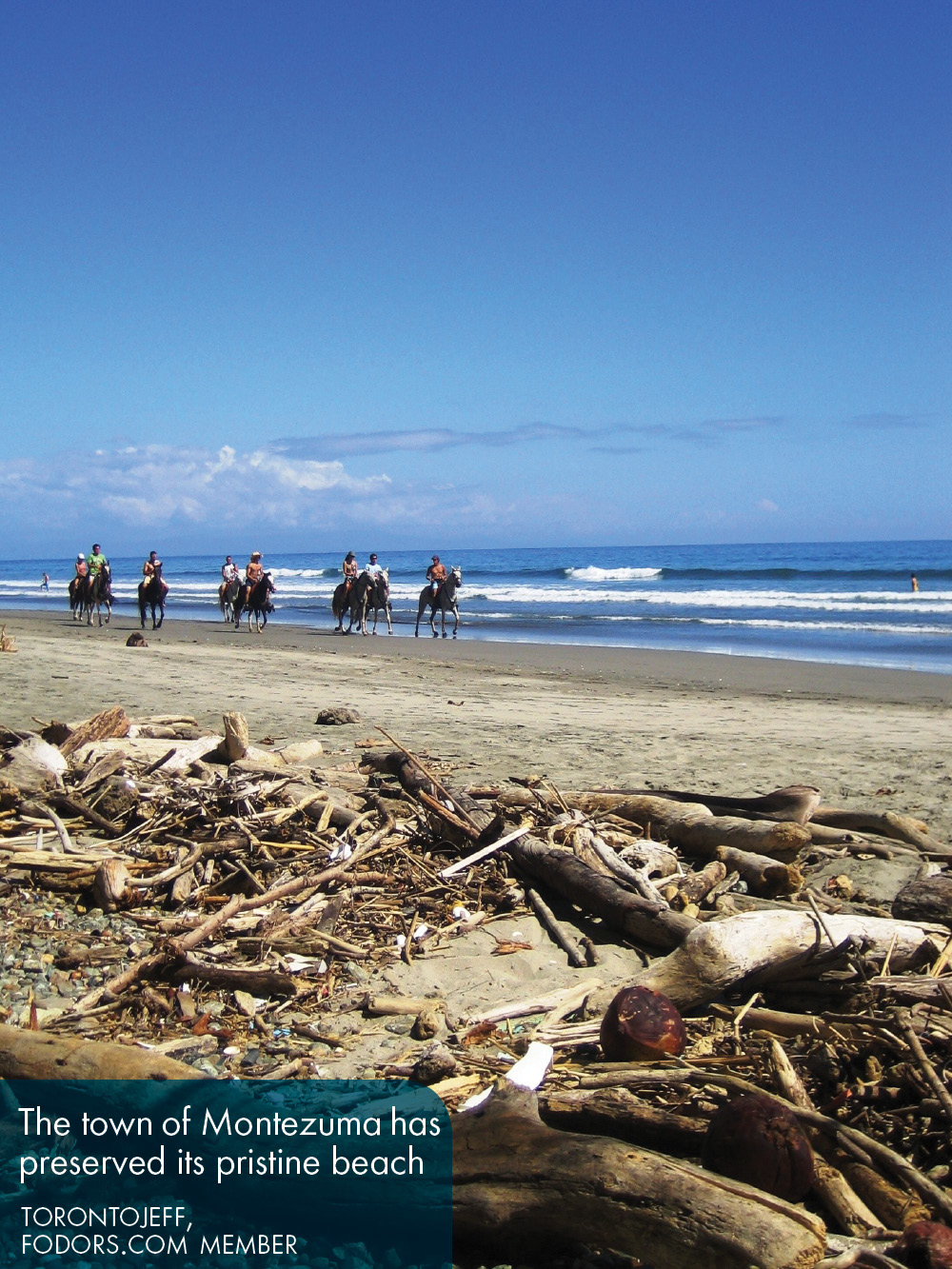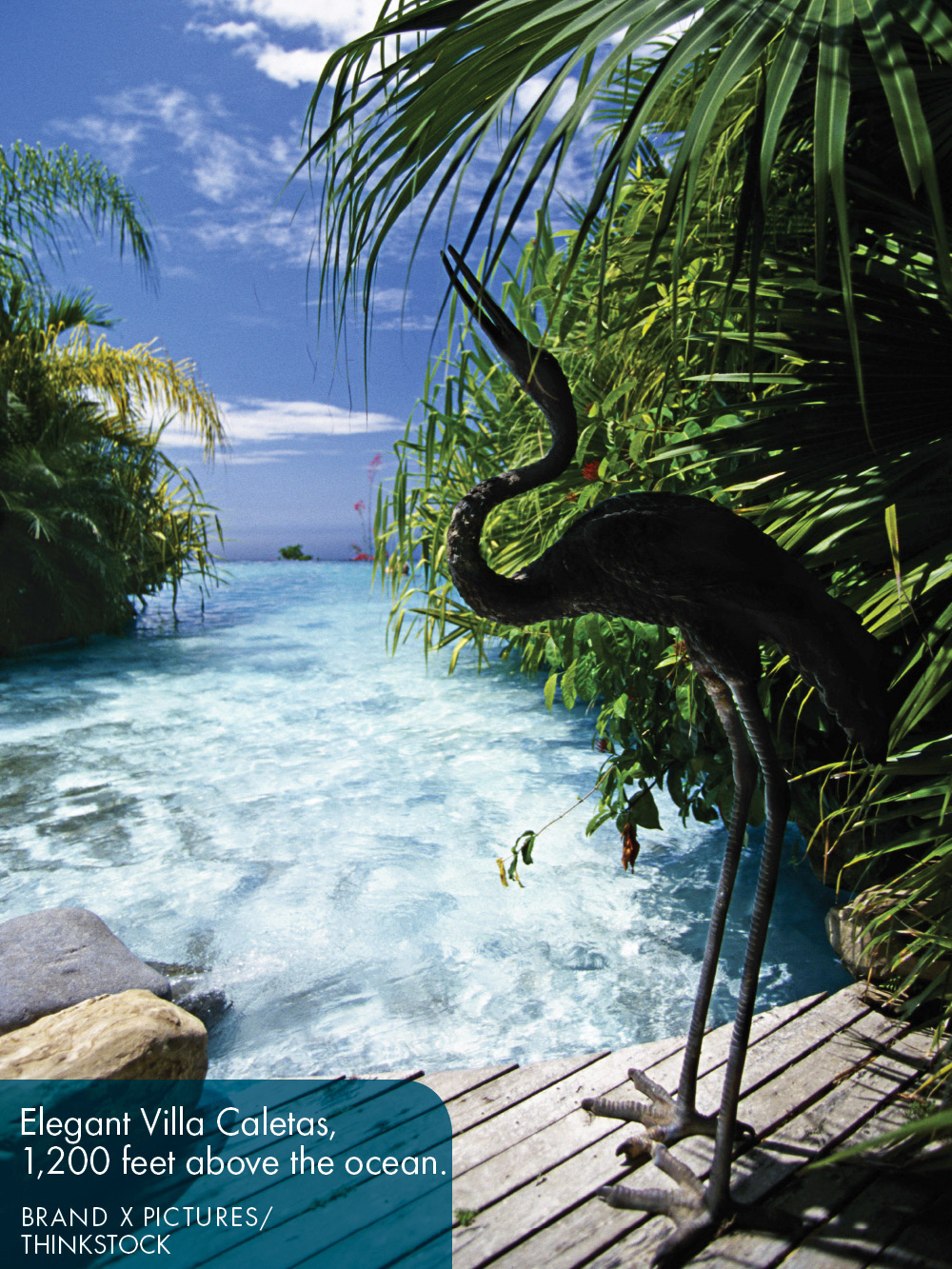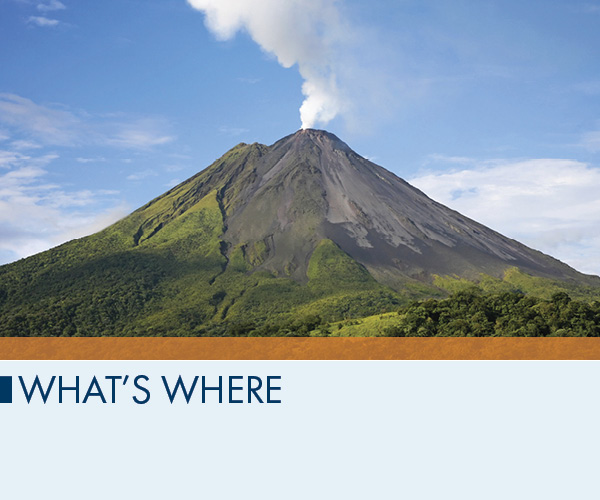San Jos. Do you know the way to San Jos? You will soon enough. Almost everyone passes through on their way to the beach or the mountains. This capital city isnt much to look at, but it has great restaurants and nightlife, and fascinating museums dedicated to gold and jade.
The Central Valley. You likely wont linger long in the Central Valley, as it lacks any of the countrys big-name attractions. But there are quite a few day-trip possibilities, including exploring mountain villages, rafting through white-water rapids, and gaping into the mouths of some of the countrys most accessible active volcanoes.
Arenal, Monteverde, and the Northern Lowlands. This part of Costa Rica attracts those who dont like sitting still. After zipping along cables through the misty jungle of Monteverde Cloud Forest, windsurfing on glittering Lake Arenal, or taking in the majesty of the Arenal Volcano, you can reward yourself with a dip in the bubbly waters of Tabacn Hot Springs.
Guanacaste and the Nicoya Peninsula. If you came for beaches, this area is for you. Each has a unique personality: Flamingos endless stretch of sand draws sun worshippers; Tamarindos nightlife is legendary; Avellanass strong swells challenge surfers; Ostionals nesting sea turtles bring nature lovers; and the Papagayo Peninsulas all-inclusive resorts provide every creature comfort.
Manuel Antonio and the Central Pacific Coast. The areas not just for spring breakers (although it helps in funky surf towns like Jac). Drive down the coast to the cluster of small hotels and restaurants at Manuel Antonio. The national park, on a peninsula jutting into the ocean, has the easiest wildlife viewing on the planet and the countrys most-visited attraction.
The Osa Peninsula and the South Pacific. Rustic lodges in the Osa Peninsula sit on the edge of the countrys wildest region, consisting almost entirely of Corcovado National Park. Hikes reveal toucans and scarlet macaws in the treetops, and boating trips often include swimming with whales and dolphins.
Tortuguero and the Caribbean Coast. Come here for the spirited music, the tasty food, the chance to mix with the Afro-Caribbean population, and the turtle-watching at Tortuguero National Park.
When to Go
High Season: Mid-December to April
The sunniest, driest season in most of the country occurs from mid-December through April, with Christmas and Easter bracketing the busiest tourist season. March and April get downright sweltering in lowland areas, with temperatures in the arid North Pacific, Costa Ricas hottest region, frequently exceeding 33C (90F).
Low Season: May to mid-December
In a stroke of marketing genius, Costa Rica promotes the rainy season as the green season, touting lush vegetation, smaller crowds, and lower prices. Afternoon showers kick in by May and last through November most everywhere, with a brief drier season in June and July. Rain or not, North American and European summer vacations do increase the influx of visitors from June through August. Rains become more prolonged and heavy in September and October.
Shoulder Season: May, mid-November to mid-December
The transition periods between rainy and dry seasons and back again make a marvelous time to visit Costa Rica. Visitor numbers are smaller and the threat of rain does exist but is minimal.
Getting Here
San Joss Aeropuerto Internacional Juan Santamara is in the center of the country, so its especially convenient for destinations in the Central Valley and along the Central Pacific. The closest destinations are less than an hour away. The only other international gateway is Liberias Aeropuerto Internacional Daniel Oduber Quirs in the western part of the country. Flying here makes sense if youre planning to spend most of your time in Guanacaste and the northern Nicoya Peninsula region.
A relatively small number of travelers arrive in Costa Rica by road, especially with the difficulties taking rental cars between countries. Long-distance buses travel directly to San Jos from the larger cities in Nicaragua and Panama, but these are arduous journeys. The ManaguatoSan Jos route takes between 8 and 10 hours.
Getting Around
To save time, many people take domestic flights to their ultimate destination. SANSA and Nature Air fly to various destinations from San Joss Aeropuerto Internacional Juan Santamara and Liberias Aeropuerto Internacional Daniel Oduber Quirs. Both offer flights to resort areas, especially those near the beaches. Regional airports are very small, sometimes with no terminal at all and staff that arrives at about the same time as the plane.
Costa Rican towns are connected by regular bus service. Buses between major destinations have comfortable seats and air-conditioning. If you have to transfer along the way, you may get a converted school bus cooled only by the tropical breezes. If youre traveling a long distance, make sure to request a directo (express) bus. Otherwise you may stop in every small town along the way.




